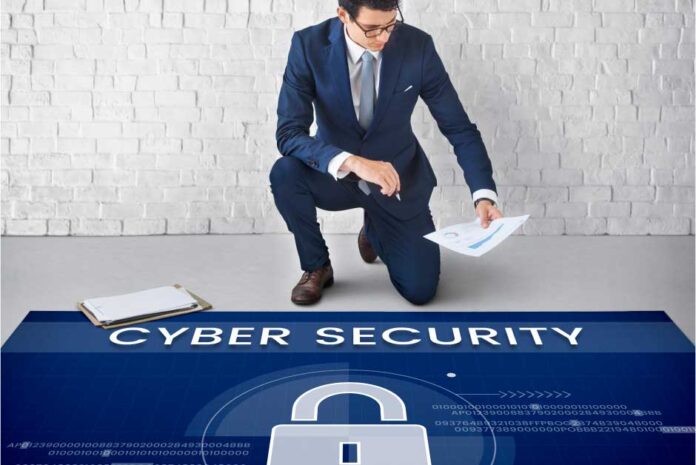In today’s increasingly digital world, cybersecurity has become a paramount concern for businesses and organizations of all sizes. Cyber threats continue to evolve, making it crucial for companies to not only invest in robust technical defences but also prioritize cybersecurity training for their employees. After all, the strength of your organization’s security is only as muscular as its weakest link, and often, that weak link is an unknowing employee. In this article, we will explore the importance of cybersecurity training and provide practical steps to effectively train your employees to save your organization’s sensitive data and systems.
Understanding the Importance of Cybersecurity Training:
Human Error is a Leading Cause of Cyber Incidents:
Many cyberattacks result from human error, such as falling for phishing scams, using weak passwords, or unknowingly downloading malicious software. By providing cybersecurity training, you can significantly reduce the risk associated with these errors.
Compliance and Legal Requirements:
Many industries and regions have specific legal requirements for data protection and cybersecurity. Cybersecurity training ensures your organization complies with these regulations, reducing the risk of fines and legal consequences.
Protecting Sensitive Data:
Your employees can access sensitive company and customer data. Cybersecurity training helps them understand the importance of protecting this data. It equips them with the knowledge and skills to do so effectively.
Steps to Train Your Employees for Cybersecurity:
Assess Your Needs:
Start by assessing the specific cybersecurity needs of your organization. Consider the data type you handle, potential threats, and compliance requirements. This assessment will help you tailor your training program to your unique situation.
Design a Comprehensive Training Program:
Develop a structured cybersecurity training program that covers a wide range of topics, including password security, phishing awareness, safe browsing habits, and the importance of regular software updates. Make sure to incorporate real-world examples and scenarios to make the training practical and relatable.
Use Engaging Training Materials:
Invest in engaging training materials, such as interactive e-learning modules, video tutorials, and written guides. Keep the training content up-to-date to reflect the latest cybersecurity threats and best practices.
Simulated Phishing Exercises:
Conduct simulated phishing exercises to test your employees’ ability to recognize phishing emails. This hands-on approach allows employees to apply what they’ve learned in a real-world setting.
Regular Updates and Refreshers:
Cybersecurity is a dynamic field, so ongoing training is essential. Regularly update your training materials and provide refresher courses to inform employees about new threats and best practices.
Promote a Cybersecurity Culture:
Encourage a culture of cybersecurity within your organization. This includes fostering an environment where employees are fearless in reporting potential security incidents or vulnerabilities they encounter.
Provide Incentives:
Consider providing incentives for employees who excel in cybersecurity training or who report security issues. Positive reinforcement can motivate employees to be more proactive in protecting your organization.
Monitor Progress:
Track and measure the effectiveness of your training program. Use metrics like the reduction in security incidents or the improvement in employees’ ability to identify threats as key performance indicators.
Seek Professional Help:
If your organization lacks in-house expertise, consider partnering with cybersecurity experts or hiring third-party providers to conduct training sessions and assessments.
In conclusion, investing in cybersecurity training for your employees is not just a recommended step; it is an essential one in today’s digital landscape. By educating your workforce, you can significantly reduce the risk of cyberattacks and data breaches and ultimately protect your organization’s reputation and bottom line. Remember, a well-informed and vigilant workforce is a critical asset in the battle against cyber threats.



